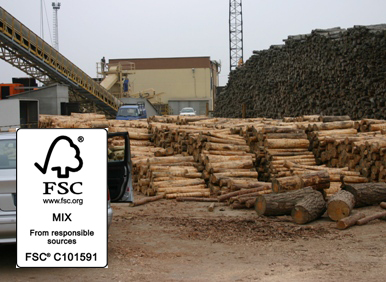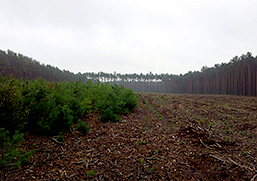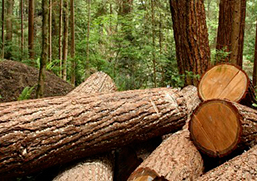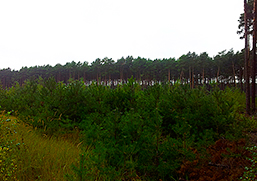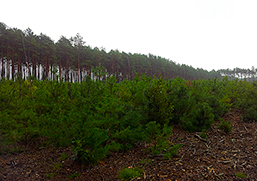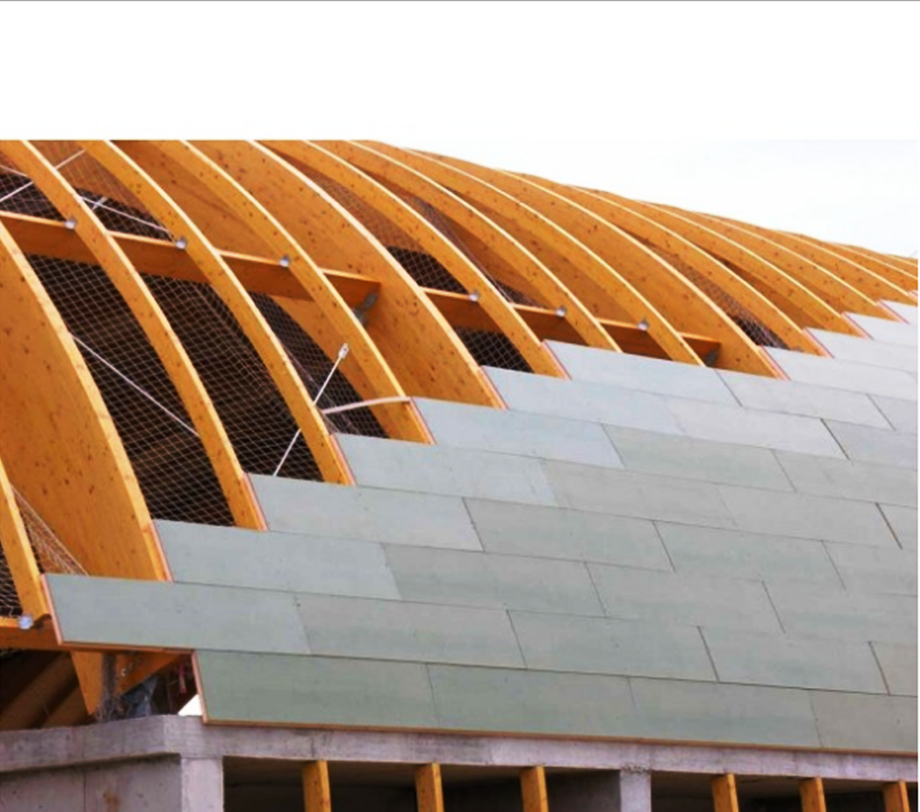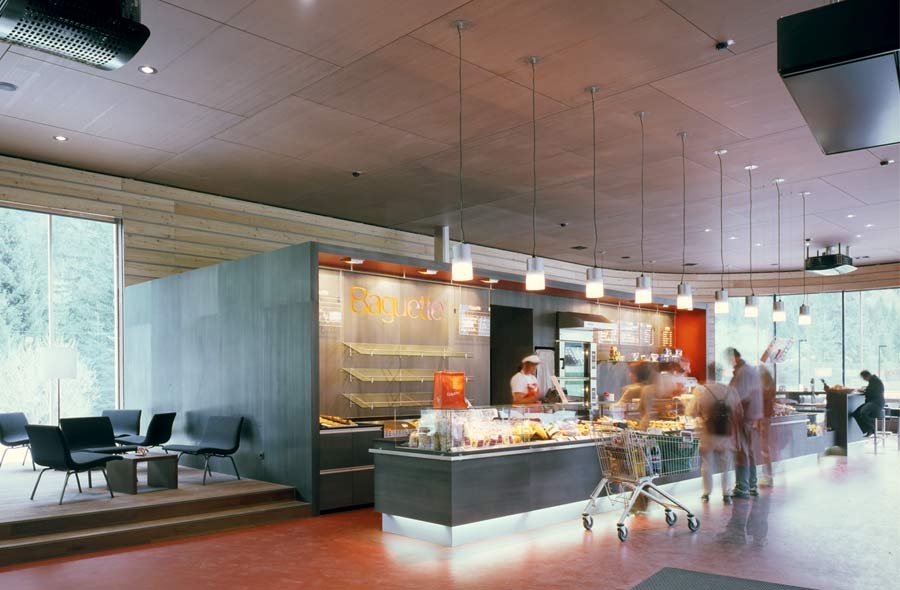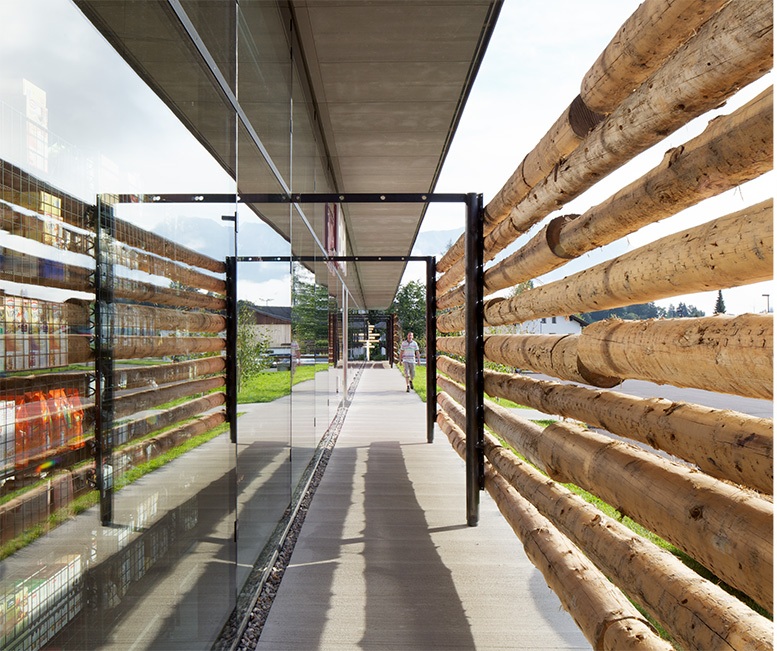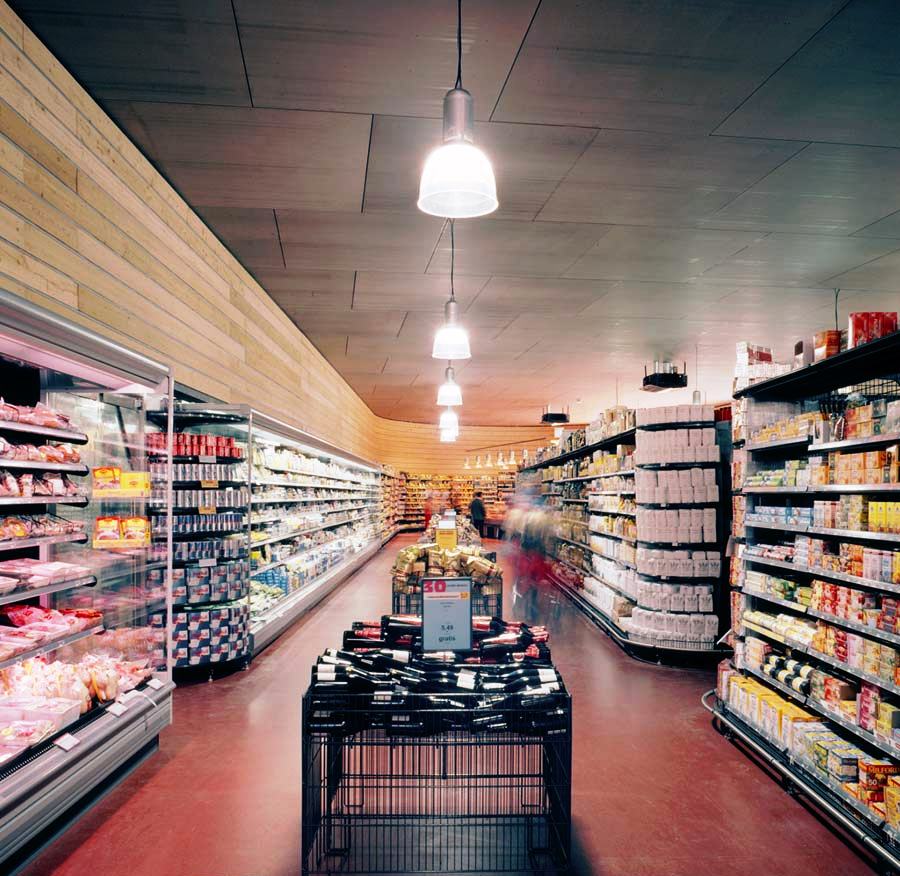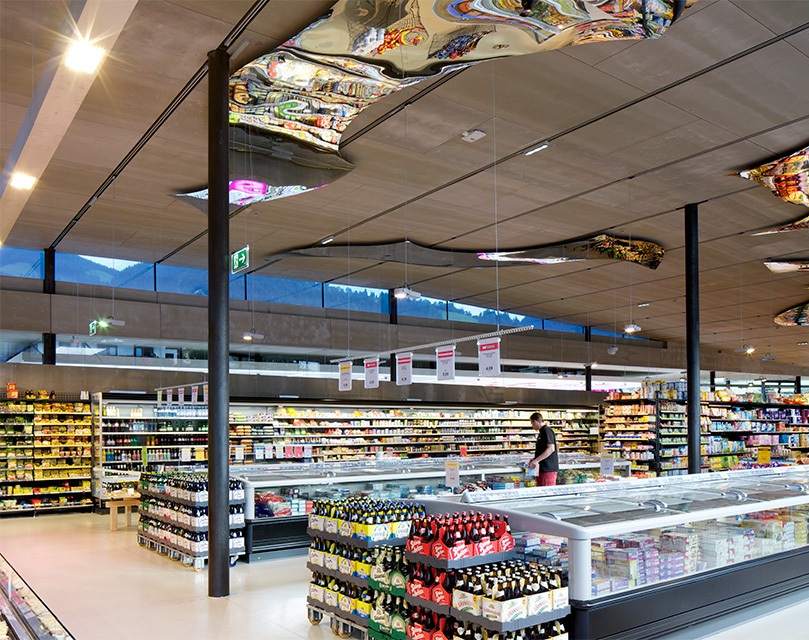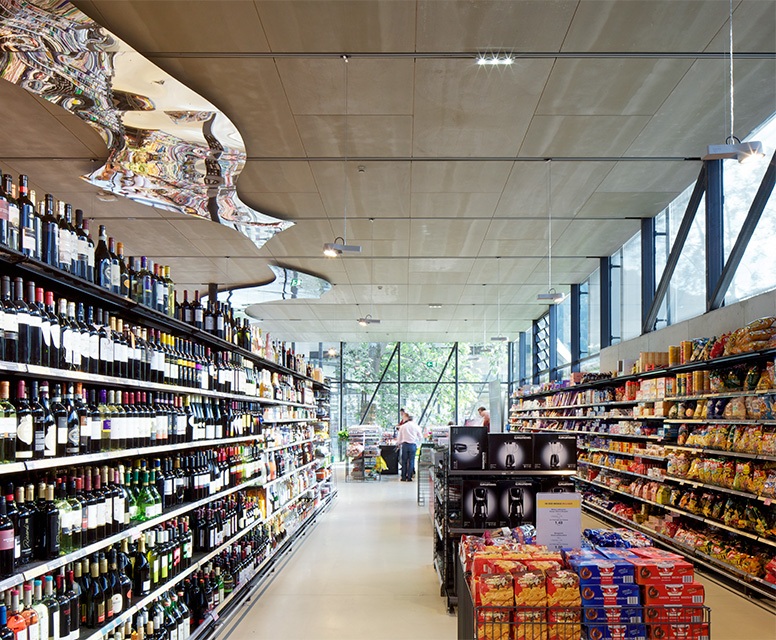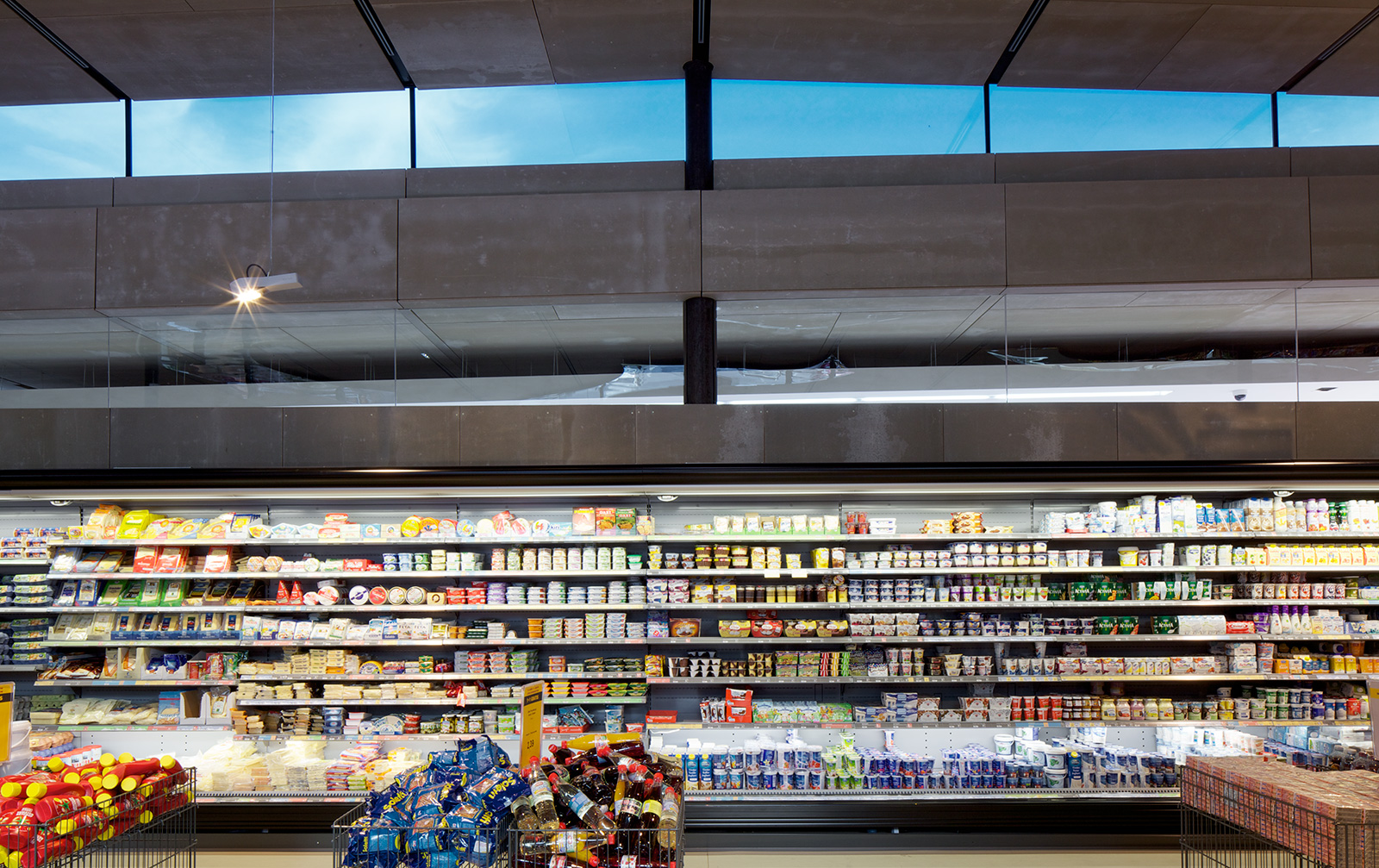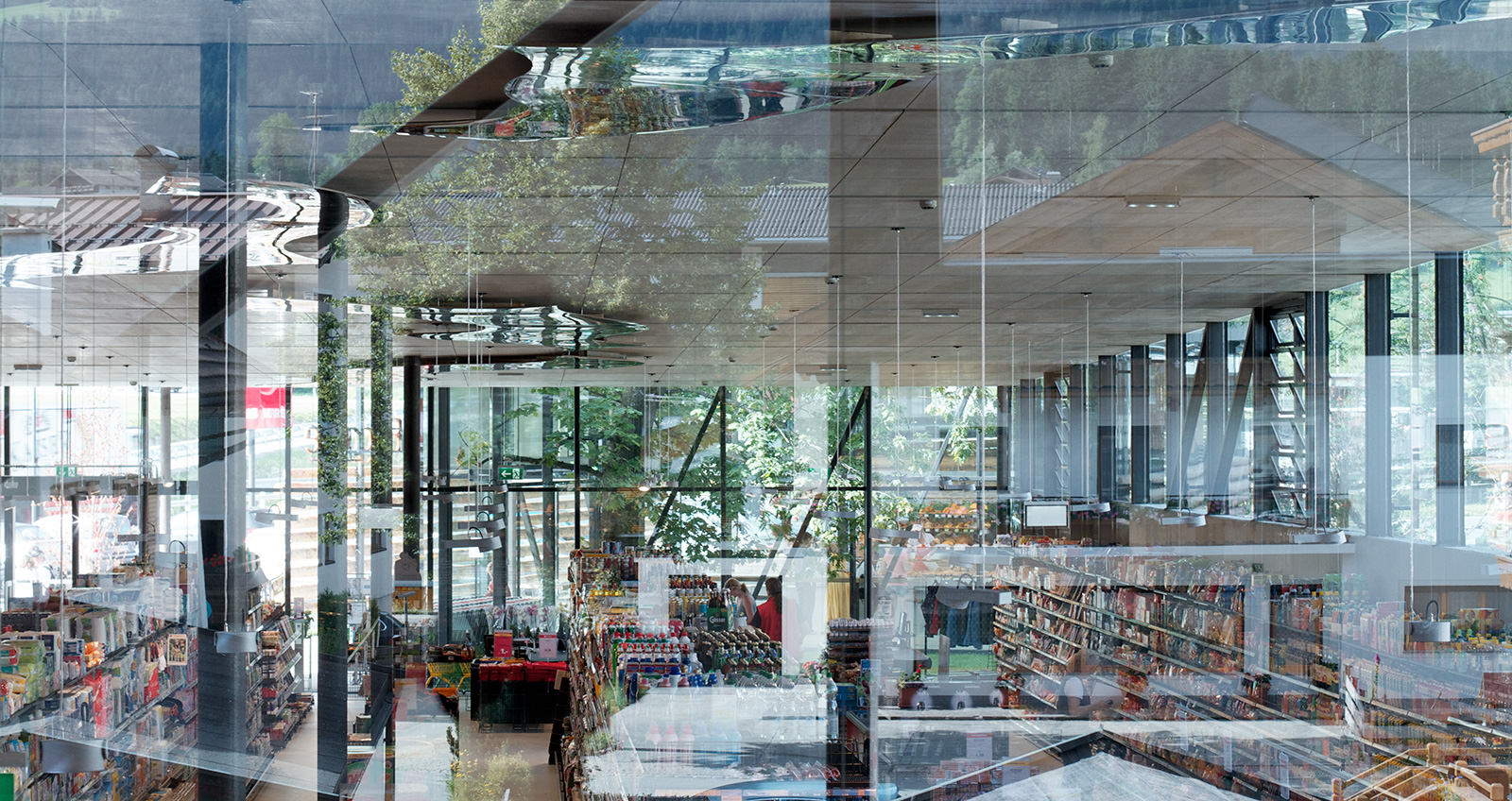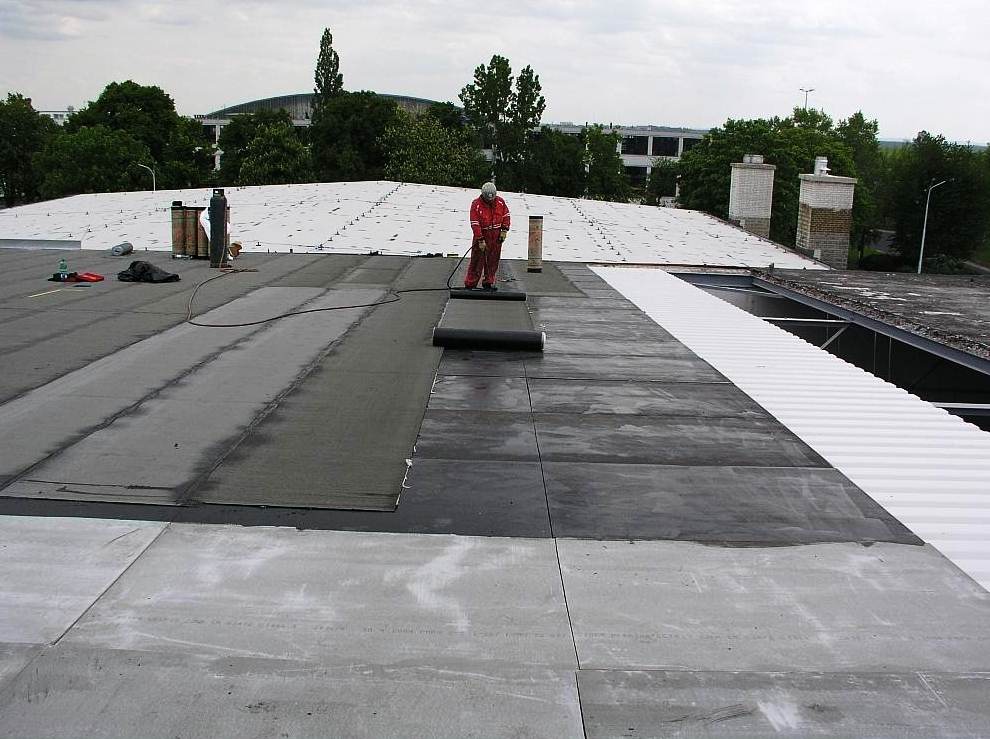Construction Industry
Basic principles of the Betonyp structures
BetonWood S.r.l. and its predecessors also used to produce plane boards, differently processed board products, and to manufacture and distribute products, constructions and elements for so called complete loading systems. For now this later activity has been ceased on the one hand because of an intention for clearing the company's profile and on the other hand because of the complicated constructions of boarding systems and the complexity of customer response and serving the client's demands on a standard of our days. Our intention was that the development, design, manufacturing, and distribution of constructions can be formed by using Betonyp building boards are to be accomplished by professional contractors specialised on this kind of activities providing our customers with the highest competence and expertise. In spite of these events, during those years which were dedicated to introduce the Betonyp building boards into the market and to get them accepted by both the domestic and foreign customers in building industry, BetonWood S.r.l. and its predecessors have gained significant experience and expertise in connection with the application of the building boards. Therefore now we can publish some basic feature and possible purposes for the application of the product in order that our clients can derive benefit from them during the application of our board products. It is essential that Betonyp building board is a basic commodity produced for the building industry similarly to the brick or cement. Therefore it is very important to accentuate again that any product or construction applying Betonyp building boards has to be designed taking customer requirements into account previously. During the design process the physical, mechanical, fire resistance and airborne sound insulation properties of building boards must be taken into consideration.
Shuttering
The Betonyp building boards are adaptable to prepare several kinds of form-works or to make a complete shuttering system creating a full scale of sizes and types of boards. Re-applicable as well as built-in form-works can be created. In both cases any configuration, building wing or plane intended to be created by shuttering will be prepared for further uncomplicated surface formation methods.
Shuttering types can be formed with Betonyp building boards:
Dry form-works for socle and lost-in shuttering called shuttering block as well
Prefabricated lost-in shuttering mounted with reinforced concrete sometimes with heat insulation for walls of cellar or other buildings
Roof form-works
For the architecture to the built-up Betonyp building boards with appropriate thickness and size should be selected in order that to meet the static requirements and regulations for the construction. When using re-applicable dry form-works, a special anti-binding additive must be applied so as to avoid the formation of a permanent joint between the form-works and the construction body. In case of lost-in form-works to create perfectly gap-free surfaces, formation of a secondary casing is recommended with gypsum or gypsum-fibre boards.
External Claddings
Using finished or unfinished Betonyp building boards a frame-based cladding technics with built-up elements can be created which is suitable to the simultaneous cladding and insulation of facades.
Applicable to create
External cladding of facades such as aesthetical cladding, cladding combined with supplementary insulation,Additional protection against rainfalls.
Supplementary elements for external claddings such as decoration, baluster element of balconies or loggias, shading element, cladding for sunblinds.
External wall constructions such as external jacket for light-weight panels, mounting board for loggias, closing board for tunnel shuttering technics.
The main advantages of a correct and reasonable cladding system over a rendering type are as follow:
Regarding the physical properties of constructions: entilated construction with doubled jacket, no problems with vapour diffusion, provides shading in summer and heat insulation in winter.
Regarding the implementation aspects: removal of former cladding is unnecessary, requires dry technics for implementation, implementation is independent of seasons or weather.
Regarding the aspects of maintenance: the general maintenance required in a cycle of 10 years for traditional plasters can be eliminated, only worn colour must be refreshed, the external cladding has the same durability than the base construction has.
Internal Claddings
The cement grey coloured Betonyp building boards can be used for creating several kind of internal claddings which are designed, machined to dimensions, and finished according to the requirements of the final utilization.
Applicable as room divider in public institutions, sports buildings, industrial and communal infrastructures, social institutions as an aesthetical and fire protective cladding, thermal insulation, airborne sound insulation, and protection against vapour diffusion.
Applicable as supplementary element for interior decoration like: side-rails for staircase, aesthetical accessories, aesthetical covering for pipe fittings and cables, sounding-boards
Floor Coverings, Stilted Floors For Computer Rooms
Mechanical properties of Betonyp building boards offers a wide range of utilization, such as replacement of concrete base layers or information of stilted floors for computer rooms. A new product the Betonyp PLUS fibre-forced building board can offer many new possibilities for application. One side of this board is reinforced with a fibreglass-polyester net of high tensile strenght. When bending stress occurs this fibre net situated in the section of tensile load. Therefore tensile strenght of the building board is significantly increased. To cover floors or replace concrete base layers boards of standard sizes can be applied or prefabricated and custom-made boards can be prepared with a supplementary insulating layer of several types of materials and thickness.
Finished floor elements can be applied for panel, moulded or light-weight building methods.
Applicable in family dwelling-houses, living rooms, public institutions, rooms with warm floor, office buildings, office rooms
Advantages of application for floor coverings are as follow the weight of construction can be minimized, fast implementation, excellent sound and heat insulation properties, provides an ideal under-plate for parquet floors, PVC floors, and broadloom carpets, offers a building method not requiring additional water content to avoid the unintended damage of existing constructions.
Floor coverings made of Betonyp building boards should be designed to meet the requirements of the final utilization of the construction and mechanical properties of building boards should be taken into account.
Physical and mechanical properties of Betonyp building boards allow their utilization as a covering material for assembly tunnels hidden above suspended ceilings or under stilted floors of computer rooms. In case of utilization for the above-mentioned applications the following aspects should be taken into account:
Thickness tolerance of the Betonyp building boards can reach +- 1,0 mm. Therefore application of products prepared with justified sanding is offered.
Thickness and dimension scale of the required elements determined by the supporting frame system.
Further mechanical properties recommended to be taken into account are: general strenght properties, creep of building boards due to bending stress, equilibrium conditions for loading of boards.
Self-Sustaining Wall And Panel Constructions
In the building industry the application of light-weight constructions spreads widely, and gets gradually accepted, even more in certain areas their application is essentially required besides the traditional solutions. The possibility of a fast implementation and the relatively low expanses are the main reasons for this tendency. A small segment of the application and utilization possibilities of the Betonyp building boards has been introduced by the previously mentioned solutions. In light-weight architecture this product has a significant role during the creation of the different kinds and types of wall constructions and building board systems.
Regarding the function of the wall construction the following applications are offered: external and internal load-bearing walls, wall-panels, deviders, wall-panels, frame filling wall-panels, roof and ceiling constructions, panel constructions, other supplementary constructions and panels.
Regarding the construction the following types can be created: small panel constructions, intermediate and large panel constructions, constructions mounted on a frame, frame-constructions mounted on the spot.
The Betonyp building boards can be mounted on the following frame types: wooden-frame constructions, metal-frame constructions, the frame construction itself made of Betonyp building boards, too.
The above-mentioned constructional solutions can be applied to construct several kinds of buildings on a wide range from communal institutions and industrial facilities through sheds and hangars to dwelling houses. Prior to the building process these constructions should be designed according to and in compliance with the requirements proceeded from the final utilization of the building. During the design procedure all instructions referring to the application of Betonyp building boards should be strictly observed. It is important to study what kind of other materials will be applied during the construction and whether the contractor staff will have the required skill and expertise to work with these materials. Mechanical properties and main features of both the Betonyp building boards and the other base materials should be taken into consideration in order that constructions can be developed in a functionally and technologically correct way. Therefore the expedient design procedure of the construction has a special importance. Building constructions may have so called secondary functions as well which depends on the environment they are intended to be built in or on architectural and regional regulations must be complied.
